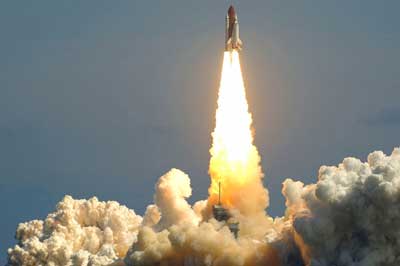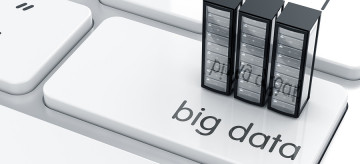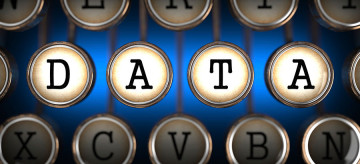- Advertising
- Bare Metal
- Bare Metal Cloud
- Benchmarks
- Big Data Benchmarks
- Big Data Experts Interviews
- Big Data Technologies
- Big Data Use Cases
- Big Data Week
- Cloud
- Data Lake as a Service
- Databases
- Dedicated Servers
- Disaster Recovery
- Features
- Fun
- GoTech World
- Hadoop
- Healthcare
- Industry Standards
- Insurance
- Linux
- News
- NoSQL
- Online Retail
- People of Bigstep
- Performance for Big Data Apps
- Press
- Press Corner
- Security
- Tech Trends
- Tutorial
- What is Big Data
Now You See It, Now You See It Better: How to Turn Big Data Into a Purposeful Visual Presentation

By now, it’s common knowledge that the reason the space shuttle Challenger blew up mid-launch was because of an O-ring that failed at temperature. What’s lesser known is that, to some extent, a few data analysts who developed a really bad chart to show NASA the potential problem might also be to blame. The chart was such a poor representation of the data that the powers at NASA failed to see the potential for failure and went ahead with the launch. As we know, that cost the lives of its seven crew members, not to mention the many millions of dollars, labor hours, and other investments made in the shuttle.
Why Data Visualization is Important

Are the chart and the data analysts totally to blame? Certainly not. But could they have made a difference by doing a better job explaining the data? Definitely so!
Within your sets upon sets data there are numerous stories to be told. But if you don’t present the data visually in the right way, those stories fade back into the data sets that hid them in the first place. In other words, there was no need to analyze the data, after all, because you failed to get the goodie out of the deal.
The right visual representation of those stores can bring the data to life. Data visualization tells your audience what you found, the importance of those findings, and even leads them towards making the right decisions with the data.
How to Choose the Right Data Visualization Technique to Tell Your Story

Unfortunately, there is no A, B, C, 1, 2, 3 formula for turning good data into great visual stories. Sometimes a simple chart or graph does the job nicely, while other times it requires an elaborate map or illustration. A quick Google search of ‘infographics’ will render you tons of different ways to display data—some quite effective and others quite a bit less so.
The first step to becoming a data visualization expert is to familiarize yourself with all of the different ways there are to present data: (This is by no means an exhaustive list!)
• Charts (pie chart, flow chart, etc.)
• Graphs (bar graphs, line graphs, etc.)
• Maps
• Diagrams (Venn diagrams, etc.)
There are numerous books on the subject of data visualization, and these are excellent investments for the data scientist who needs to learn more about the artistic side of data presentation.
After studying up on the subject, there really is no substitute for trial and error. Begin telling your data stories visually using the knowledge you’ve gained on data visualization and practice until you get it right. Be sure to listen to input from others, as these tips can be incredibly valuable in honing your skills. The more data you analyze, the easier it will become to pick out the stories the data tells and illustrate those stories through data visualization.
Readers also enjoyed:

Putting a value to big data


Leave a Reply
Your email address will not be published.